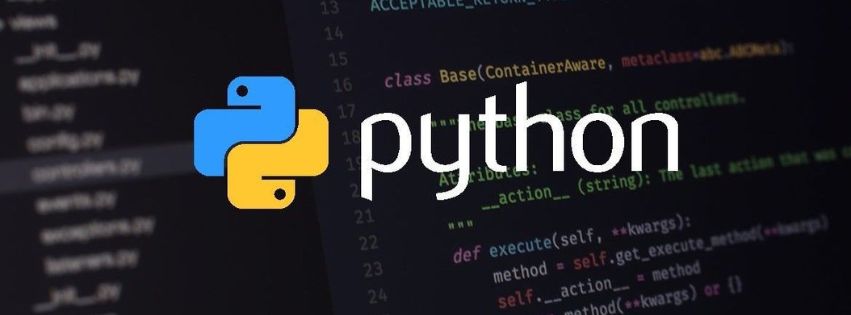
Jully 18, 2022
How to replace Ionic core with React Native or Flutter?
Replacing Ionic core with React Native or Flutter is a great way to modernize your mobile application development. Both React Native and Flutter have their own advantages and disadvantages, and it is important to understand the differences between them before making a decision. This essay will discuss the pros and cons of each platform, the differences between them, and how to choose the right one for your project.
Advantages of React Native
React Native is a popular open-source mobile application development framework created by Facebook. It is based on JavaScript and React, and it allows developers to create native mobile applications for both iOS and Android. One of the main advantages of React Native is that it is easy to learn and use. It also has a large community of developers who can provide support and advice. Additionally, React Native has a wide range of components and libraries that can be used to create complex applications quickly and easily.
Advantages of Flutter
Flutter is a cross-platform mobile application development framework created by Google. It is based on the Dart programming language, and it allows developers to create native mobile applications for both iOS and Android. One of the main advantages of Flutter is that it is fast and efficient. It also has a wide range of components and libraries that can be used to create complex applications quickly and easily. Additionally, Flutter has a large community of developers who can provide support and advice.
Differences between React Native and Flutter
Although both React Native and Flutter are popular mobile application development frameworks, there are some key differences between them. The most obvious difference is the programming language they are based on. React Native is based on JavaScript and React, while Flutter is based on the Dart programming language. Additionally, React Native has better support for third-party libraries, while Flutter has better performance. Finally, React Native has better support for native components, while Flutter has better support for custom components.
How to Choose the Right Platform?
When deciding between React Native and Flutter, it is important to consider the specific needs of your project. If you need to create a complex application quickly, then React Native may be the better choice. However, if you need to create an application with better performance, then Flutter may be the better choice. Additionally, if you are more comfortable with JavaScript than Dart, then React Native may be the better choice. Ultimately, the best platform for your project will depend on your specific needs and preferences.
Benefits of Replacing Ionic Core
Replacing Ionic core with either React Native or Flutter can have many benefits. First, it can help modernize your mobile application development process. Additionally, it can help improve the performance of your application. Finally, it can help make your application more user-friendly by utilizing the latest technologies.
Conclusion:
In conclusion, replacing Ionic core with either React Native or Flutter can be a great way to modernize your mobile application development process. Both platforms have their own advantages and disadvantages, so it is important to understand the differences between them before making a decision. Ultimately, the best platform for your project will depend on your specific needs and preferences. With the right platform in place, you can create a modern and user-friendly mobile application that will help you stand out from the competition.
Recent Posts

Why is my ASP.NET Web Form text box always empty?
Jully 11, 2022

The ultimate guide to Python’s -m command
Jully 11, 2022

How can I split a string in every possible way?
Jully 11, 2022



